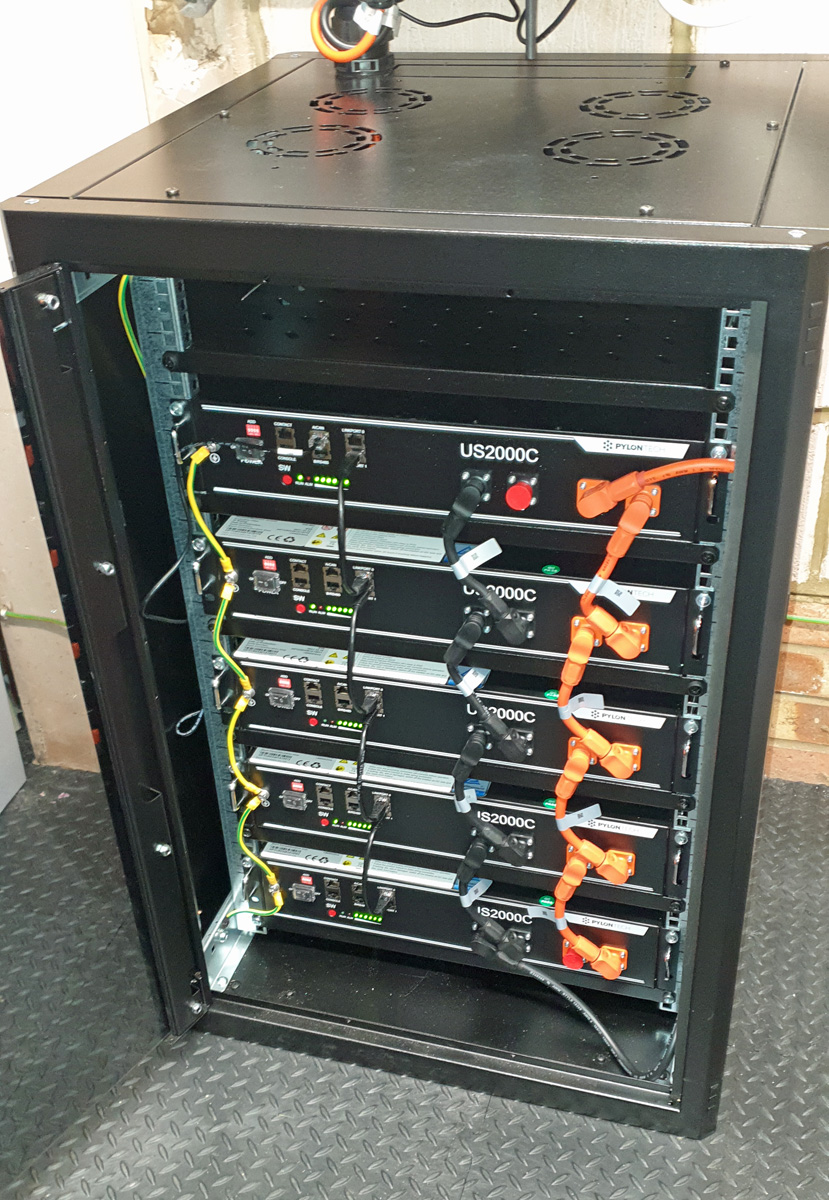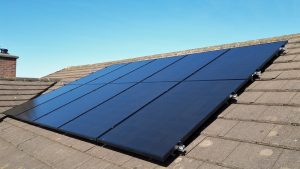You already know that solar panels turn sunlight into electricity. But how? It almost seems like magic. Well, it’s magical, but while it’s not an illusion, the science behind it—the photovoltaic effect—is fascinating. Considering the rising costs of heating as well as the effects of climate change, it’s a good time to invest in solar panels for your house. Not only are you helping by creating clean energy for decades to come, you’ll also shave off a good chunk of your monthly bills.
What is the solar panel system made of?
First, let’s look at the solar panel itself. There are the solar cells, which are made out of silicon—they’re the main element that turns sunlight into electricity. Then, around it, you’ll find an insulating shell, made out of glass or polymer. A metal frame holds everything together, protecting the tech from outside elements. There’s also a junction box that protects the diodes, the wiring, and the electrical components. Lastly, the panels use MC5 connectors, which connect all the solar panels together to create a singular array.
The solar power system is made up of many different components other than the panel itself. These components do the job of converting, storing, or sharing the electricity that is generated by the solar panel. Here are some of the major components you’ll find:
- Inverter: The inverter is the most critical part of any solar energy system.
Read more: LifeHacker




